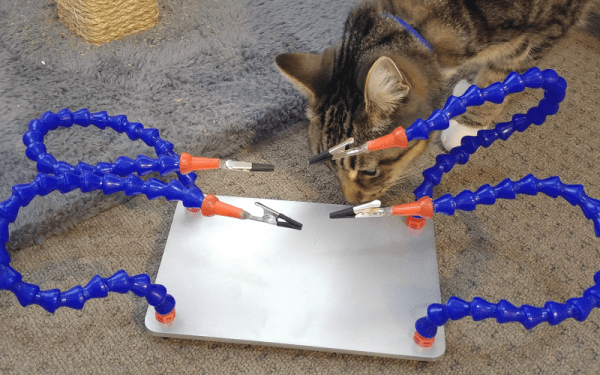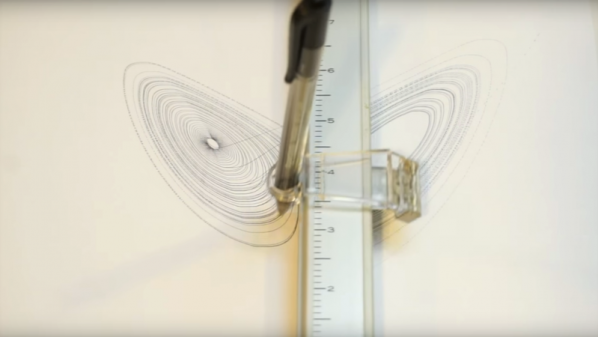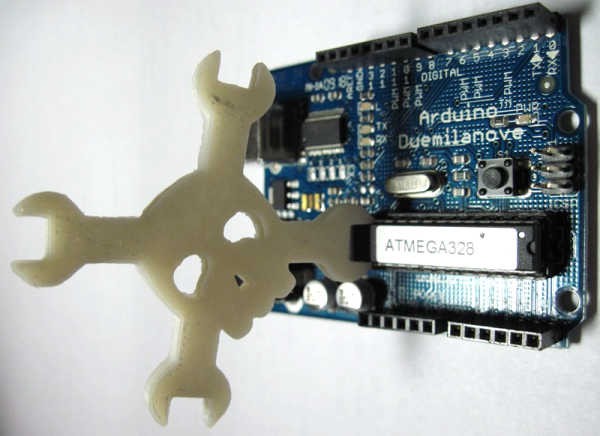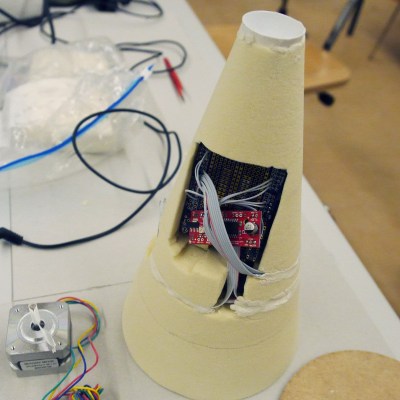Keyloggers are nasty little things that have the potential to steal the credit card numbers of you and everyone you care about. Usernames and passwords can be easily stolen this way, so they’re a useful tool for the black hats out there. One would generally expect to find a keylogger in a dodgy movie torrent or perhaps a keygen for pirated software, but this week a keylogger was found in an audio driver for an HP laptop.
The logger was found by Swiss security researchers modzero. The Conexant HD Audio Driver Package version 1.0.0.46 and earlier apparently logs keystrokes in order to monitor things like the laptop’s volume up and down keys. The real killer here is that it feels the need to log all keystrokes detected to a readily accessible file, for reasons we can’t possibly fathom. It’s a huge security risk, but it doesn’t stop there – the driver also exposes the keystrokes through an API as well, creating an even wider attack surface for malicious actors. One can in principle access the keystroke log remotely.
There’s no word from the company yet, but we really want to know – why save the keystrokes to a file at all? Code left over from debugging, perhaps? Speculate in the comments.







 The project consists of an Arduino connected to a color sensor as well as a SparkFun EasyDriver. The EasyDriver controls a stepper motor which rotates a disc of scent swatches so you sniff the swatch corresponding with the color. The students chose strawberry for red, and blue ended up being “ocean”-scented room spray.
The project consists of an Arduino connected to a color sensor as well as a SparkFun EasyDriver. The EasyDriver controls a stepper motor which rotates a disc of scent swatches so you sniff the swatch corresponding with the color. The students chose strawberry for red, and blue ended up being “ocean”-scented room spray.













